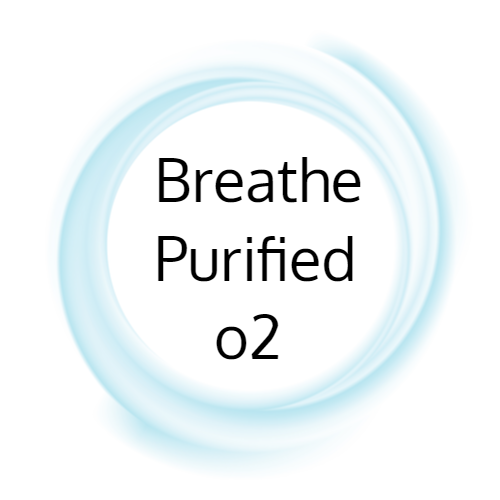BY BILL HAYWARD | NOVEMBER 27, 2017
INDOOR AIR QUALITY
The following article highlights some of the complexities about black mold and other mold strains.
Some truths and myths about “toxic black mold”.
We believe the best starting point for a healthy home is knowledge! And one topic where many people think they know the facts, and most marketing supports their belief, is about mold. But the reality is that a lot of the “facts” you think you know about mold are really myths and one of the most common myths is that there is such a ‘thing’ as toxic black mold!
The Truth About Black Toxic Mold
The truth is there really is black mold – over 20,000 species in fact. However, Stachybotrys, the “toxic black mold” of most concern, is not always toxic. The truth is, none of the million-plus mold species are always toxic. Another truth is that mycotoxins, while real, are one of the lesser of the several evils of mold.
We can’t say this often enough. The only two things you know for sure when you see “black mold” is you have mold and that it is black in color. That’s all. Scientifically, there is no mold genera or species that is called “black mold” or “toxic black mold.” Of the million-plus species of mold, about 20,000 species are indeed black. Most species appear green, brown, orange, white, or even pink. Stachybotrys, a common type of mold thought to be the most toxic, is actually a greenish-black in color but can be white or a slight pink color depending on the environment it is growing in and the food it “eats.” Mold of any color can be “toxic” under the right conditions, so using color as a red flag is a bad idea.
Toxic Mold: The Complete Picture
The story about “toxic mold” whether black, white, or orange is more complex than most people know. First, although all “mold growth” is capable of producing mycotoxins (which are harmful to human health), none produce mycotoxins all the time. Not even Stachybotrys.
- Mycotoxins are produced only when two conditions occur at the same time: 1. When mold is “eating” and producing secondary metabolites; and, 2. In the presence of competing bacteria or mold. If both conditions are not present then mycotoxins will not be produced.
- Second, mycotoxins are not some mysterious substance with properties like radiation that can penetrate through walls. They don’t “stick” to contents creating cross-contamination days or weeks later. They also can’t be “killed,” because they aren’t alive.
- Third, mycotoxins are not even the most prevalent component of mold that can cause reactions. Mold growth can also generate gas (a VOC) which are more common than the particles containing the mycotoxins, so the focus on mycotoxins is limiting.
The Best “Test” For Mold “Toxicity” – You!
If you are having a reaction, regardless of the color or quantity of mold present, stop the moisture, clean up the mold and get rid of damaged materials. Even if you aren’t reacting to the mold, your house is! Wood is rotting, materials are discoloring. So, truly getting rid of mold is important to protecting the value of your house, and more importantly, your health.
